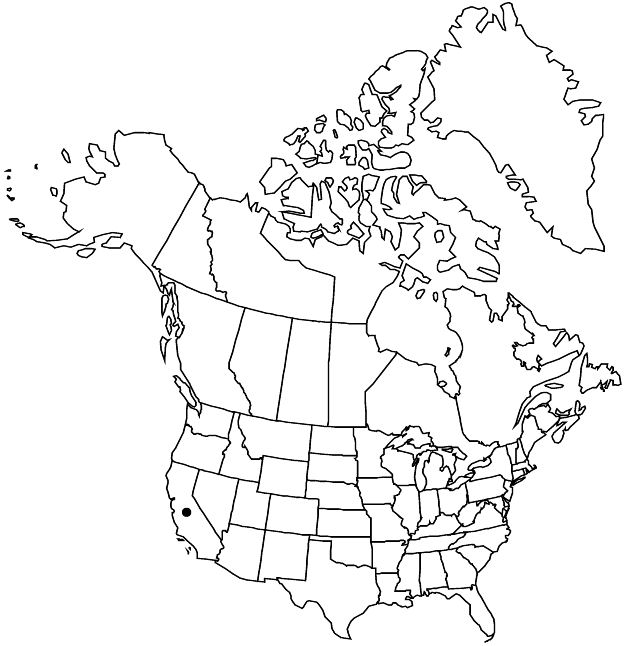Ceanothus diversifolius
Proc. Calif. Acad. Sci. 1: 58. 1855.
Shrubs, evergreen, 0.2–0.3 (–0.5) m, matlike. Stems spreading, sometimes rooting at nodes; branchlets green, sometimes tinged red, not thorn-tipped, usually round, sometimes angled, in cross-section, flexible, puberulent. Leaves: petiole 3–11 mm; blade flat, elliptic to widely ovate, 12–45 × 6–20 mm, base obtuse to rounded, margins serrulate to denticulate, not revolute, usually not wavy, sometimes wavy, teeth 27–42, apex ± obtuse to rounded, abaxial surface pale green, pilosulous, adaxial surface green, pilosulous; usually pinnately veined, rarely 3-veined from base. Inflorescences axillary, umbellike to racemelike, 1.3–4 cm. Flowers: sepals, petals, and nectary usually blue to pale blue, rarely white. Capsules 4–5 mm wide, weakly lobed near apex; valves smooth, crested.
Phenology: Flowering Apr–Jun.
Habitat: Well-drained slopes and canyons, open to shaded sites, mixed evergreen and conifer forests.
Elevation: 700–2300 m.
Distribution

Calif.
Discussion
Ceanothus diversifolius occurs in the North Coast Ranges and the western slopes of the Cascade Range and the Sierra Nevada; it often forms mats to two meters wide. Marginal teeth on young leaves are notable in having more or less persistent, narrowly conic glands, not seen elsewhere in Ceanothus.
Selected References
None.
Lower Taxa
"thin" is not a number.